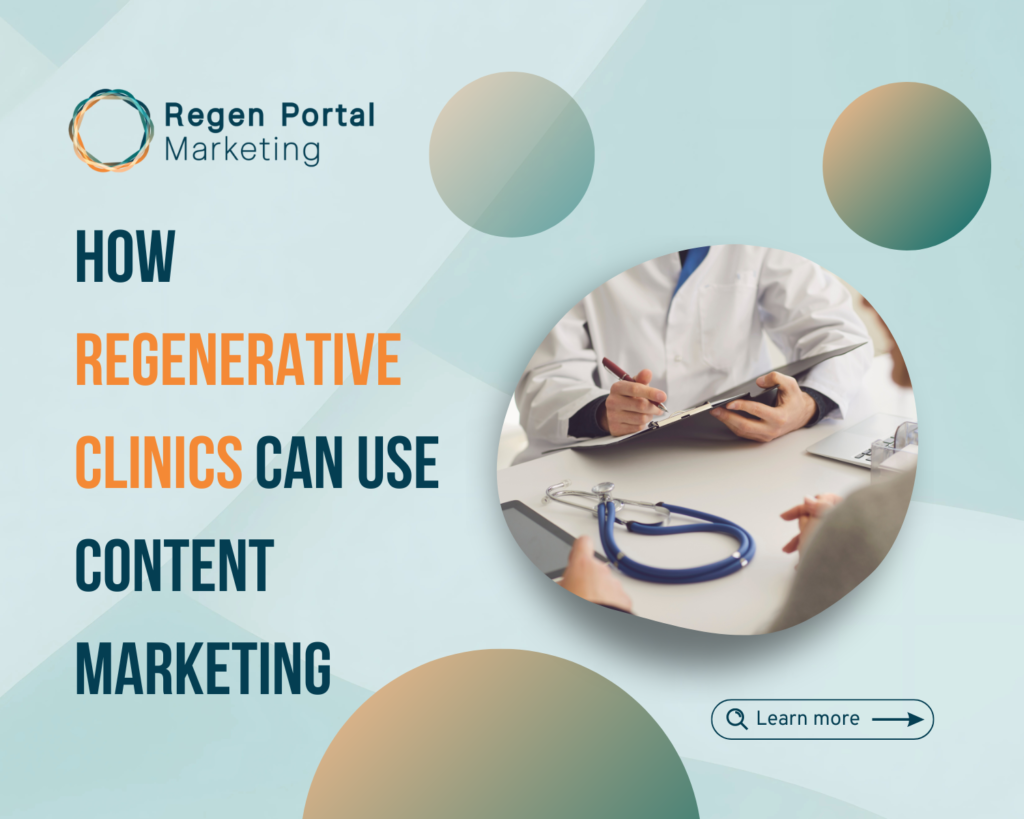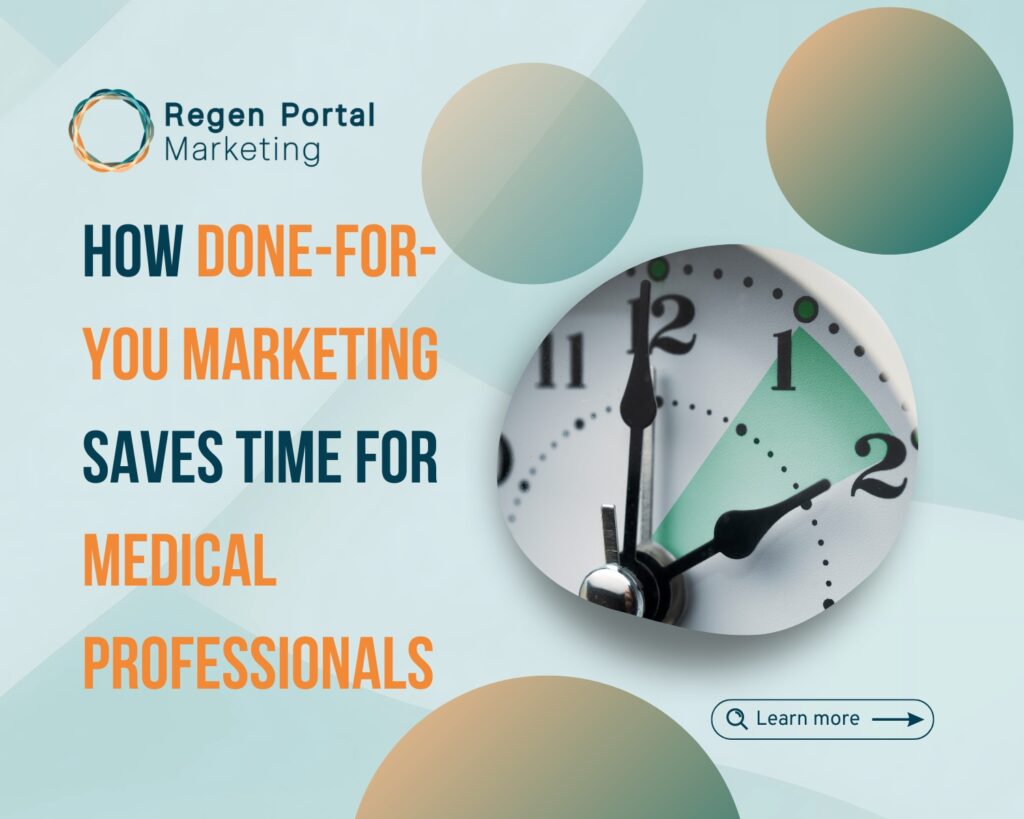What to Look for in a Medical Website Design
Introduction
In an era where almost every patient begins their healthcare journey online, your website isn’t just an optional asset—it’s your digital front door. A thoughtfully designed medical website can mean the difference between a patient booking an appointment or looking elsewhere. Beyond aesthetics, a functional and engaging website builds trust, answers patient questions, and seamlessly guides visitors toward taking action.
But what separates a great medical website from an average one? For healthcare providers revamping their online presence, focusing on key elements of digital website design ensures your site stands out while meeting the needs of your patients.This article explores essential features to consider, including layout, content strategy, and SEO integration, to create a website that meets the needs of your patients and practice.
Why a Strong Digital Website Design Matters in Healthcare
A medical website is far more than a digital placeholder. It serves as an educational hub, a scheduling assistant, and a reflection of your practice’s professionalism. Here’s why investing in thoughtful digital website design is crucial:
- First Impressions Are Lasting
When patients land on your website, their first impression often determines whether they will stay or leave. A clean, professional design signals credibility and care. - Enhances Patient Accessibility
Patients depend on websites to find essential information like contact details, services, and operating hours. Easy access to this information creates a smooth user experience. - Supports Patient Education
Your website can serve as a resource for learning about procedures, conditions, and treatment options, empowering patients to make informed decisions. - Boosts Your Online Visibility
An optimized website integrates SEO to rank higher in search results, ensuring you’re easily discoverable by potential patients.
Key Features of an Effective Medical Website Design
To create a website that meets both patient expectations and modern healthcare standards, focus on these critical components:
1. A User-Friendly Layout
A cluttered or disorganized website can overwhelm visitors, leading them to leave before they find what they need. A user-friendly layout ensures smooth navigation and helps patients quickly locate information.
- What to Include:
- A clear menu with sections like “Services,” “Contact Us,” and “Patient Resources.”
- Logical page organization with concise headings and subheadings for easy readability.
- Example:
Highlight a prominent “Book an Appointment” button alongside service categories on your homepage.
Tips for Success:
- Use white space strategically to avoid overwhelming visitors.
- Test your website layout on various devices for consistent user experiences.
2. Mobile Responsiveness in Digital Website Design
With over half of all web traffic coming from mobile devices, having a mobile-responsive design is non-negotiable. Your website should adapt seamlessly to different screen sizes, providing a smooth experience on smartphones, tablets, and desktops.
- Why It Matters:
- Patients browsing on their phones should find your website easy to navigate.
- Mobile-friendliness boosts your ranking in search engine results.
- How to Achieve It:
- Collaborate with developers experienced in mobile-first digital website design strategies.
- Use tools like Google’s Mobile-Friendly Test to evaluate your site’s performance.
3. Engaging and Informative Content
Content is at the heart of your website. It should be informative, relevant, and easy to understand, catering to both existing and potential patients.
- Key Content Areas:
- Service Pages: Explain treatments, procedures, and specialties in clear terms.
- About Us Section: Highlight your team’s credentials and your clinic’s mission.
- Patient Resources: Include blogs, FAQs, or downloadable guides on common medical topics.
Tips for Creating Effective Content:
- Use patient-friendly language and avoid medical jargon.
- Enhance content with visuals such as images, infographics, or videos.
4. Online Appointment Scheduling
Convenience is crucial in healthcare. An integrated online booking system allows patients to schedule appointments with ease, eliminating unnecessary phone calls.
- Benefits:
- Reduces administrative workload for your staff.
- Enables patients to book, reschedule, or cancel appointments anytime.
- Best Practices:
- Ensure your system is secure and user-friendly.
- Offer appointment confirmations and reminders to minimize no-shows.
5. SEO Integration in Digital Website Design
Search Engine Optimization (SEO) ensures your website ranks high in search results when patients look for healthcare services online. Without SEO, even the most beautifully designed website may remain unseen.
- Essential SEO Practices:
- Use relevant keywords like “primary care near me” or “medical treatments for back pain” naturally throughout your site.
- Optimize page titles, meta descriptions, and image alt text.
- Regularly update your blog with keyword-focused posts to improve visibility.
Why It’s Important:
SEO not only drives traffic but also ensures your practice is visible to the right audience at the right time.
Design Features That Enhance Patient Engagement
Beyond functionality, your website’s design can significantly impact patient engagement. Consider these additional features:
1. Professional Aesthetic
Your website’s visual design should align with your brand identity and convey trust and professionalism.
- Examples:
- Use calming colors, such as blues and greens, associated with health and wellness.
- Include authentic images of your clinic, team, and facilities instead of generic stock photos.
2. Fast Load Times
Patients expect websites to load quickly. Slow load times not only frustrate visitors but also negatively impact your SEO ranking.
Tips for Optimization:
- Compress images and videos.
- Use a reliable hosting provider to ensure consistent performance.
3. Secure Hosting and Encryption
Patient trust begins with privacy and security. Ensure your website complies with healthcare regulations, such as HIPAA, and uses HTTPS encryption.
- Why It Matters:
- Builds trust by protecting sensitive patient information.
- Demonstrates your commitment to professional standards.
Evaluating Your Current Website’s Performance
Before redesigning, it’s helpful to assess how your existing website is performing. Ask yourself:
- Is the layout intuitive and user-friendly?
- Does the website perform well on mobile devices?
- Are patients finding the information they need quickly?
- Does your content address common questions and concerns?
- Is the website fast, secure, and visually appealing?
A thorough evaluation highlights areas for improvement, ensuring your next digital website design focuses on the most impactful changes.
Common Mistakes to Avoid
Avoiding common errors ensures your website is both functional and patient-friendly. Here are some pitfalls to steer clear of:
- Overloading Pages with Information
Simplify your design by focusing on essential content and clear navigation. - Ignoring Mobile Users
Ensure your website works seamlessly across all devices. - Lack of Analytics
Regularly review metrics like page views, bounce rates, and conversion rates to understand what’s working and what isn’t.
Promoting Your New Website
After launching your redesigned site, it’s time to let patients know about it. Here’s how:
- Social Media Announcements: Share the news on platforms like Facebook and Instagram. Highlight new features, such as online booking or educational resources.
- Email Campaigns: Send newsletters to your patient base, showcasing the updates and improvements.
- Local SEO Optimization: Ensure your Google My Business profile is updated with your website link and accurate contact information.
Conclusion
A well-designed medical website is more than just an online presence; it’s a valuable tool for patient engagement and practice growth. By focusing on user-friendly layouts, engaging content, and SEO integration, healthcare providers can create a website that truly serves their patients.
Investing in professional digital website design ensures your practice is positioned for success in today’s digital-first world.Looking to create or enhance your clinic’s website? Regen Portal Marketing specializes in designing user-friendly, impactful websites tailored to healthcare professionals. Contact us today to get started!



